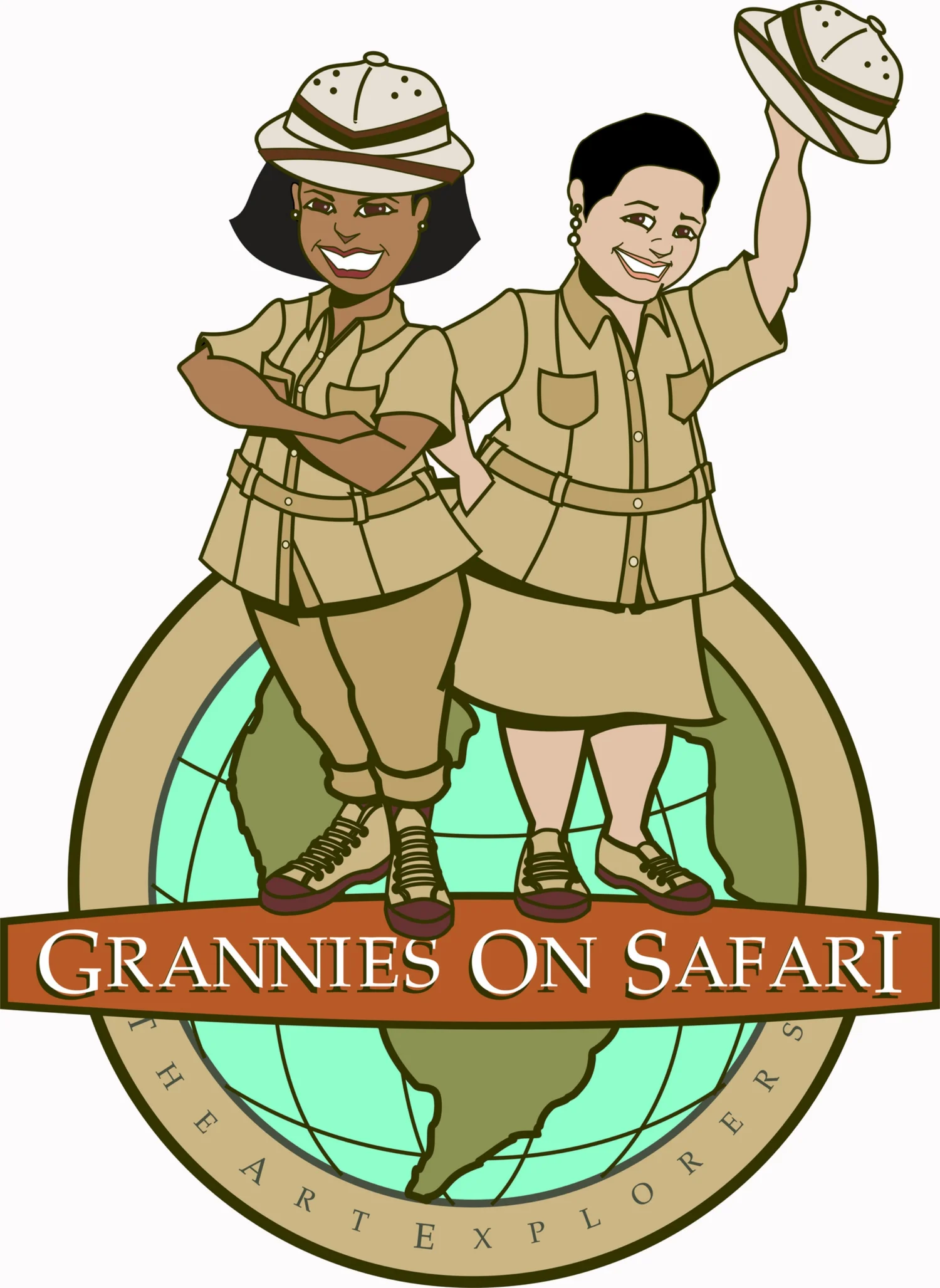Traveling on a steamboat in the 21st century is not only unique but allows you to relive an era long past that was filled with beauty and strife. My recent journey on the American Queen Steamboat was such a trip. The boat is the largest recreation of a passenger steamboat in the United States, and represented the beauty, atmosphere and grace of the antebellum history of our country. (americanqueensteamboatcompany.com/)
One of the stops on our itinerary was the Old Courthouse in Vicksburg, Mississippi. (http://oldcourthouse.org/) The building is significant to the state of Mississippi for many reasons and having luminaries such as Jefferson Davis (President of the Confederate States of America) ,and Booker T. Washington speak here underscores its place in history.
It was late February and when we pulled into Vicksburg, it was a cold day and freezing rain coated everything - roads, trees, flowers, and buildings. But, being from Chicago, I just bundled up and set off on the boat's Hop-on, Hop-off bus to see the original courthouse of Warren County that was built in 1858 and opened in 1860.
Sitting on a hill, the building was imposing and yet beautiful. Struggling not to slip on the steep, icy path, I made it to the magnificent, original doors. Slave artisans constructed this building and, as with so many buildings in those days, showed they were first-rate craftsmen. In fact many of the streets still being used in Vicksburg are made of bricks - hand made by slaves. We were told that if we looked very carefully we could still see hand prints from some of those slaves on these same bricks.
When you first enter the building you are overwhelmed by the large number of exhibits stuffed everywhere on two floors. There's so much to see! Local residents donated most of the artifacts and many were very personal. Everything from small memorabilia to large era artifacts is on display. In the Courthouse chamber pews and desks are still arranged as they were in the 1860's with lovely dark wood and hand carved benches.
I was intrigued by the Civil War relics - I had never seen so many Confederate pieces- flags, uniforms, munitions, and letters. At one point, I walked into a room that had large bookcases filled from floor to ceiling with hundreds of old books. As I was examining them a nice man came over and said I was in the museum curator's offices - I was so embarrassed, but I was so enthralled with the displays - I didn't notice the sign over the door that said - "Do Not Enter Museum Directors Office! But, he wasn't upset and actually gave me a private tour explaining what I was seeing and how proud the people of Vicksburg were of the museum.
As we walked, he pointed out that they had an entire exhibit on slaves that joined and fought for the Confederacy. This was an eye opener to me as I wasn't aware that so many slaves supported their owners and fought willingly for them. There were photos of slaves in uniforms and holding the confederate flag, and many artifacts used by slaves during the war. (http://www.civilwar.org/education/history/biographies/jefferson-davis.html)
I wasn't sure how I felt about seeing them in this role but then I realized that life and their stories are all about a balance. There's never just one side, and learning about both sides gives us an opportunity to understand that we are all people with dreams, wants and needs, and the hope for a better life for our children.
There are several levels of exhibitions, but I particularly enjoyed my visit to the Old Courthouse and was glad it was on our off-shore excursion schedule.
The early American and post-Civil War exhibits were each extensive. However, I didn't get to spend very much time in perusing these exhibits, but I hope to come back again to explore them.
It seems to me the best way to see a good chunk of America is on a steamboat while cruising our rivers. The American Queen Steamboat Company has cruises on the entire Mississippi River, and the Ohio and Tennessee Rivers. The company also has another boat, The Empress, that cruises the Columbia and Snake Rivers in the Northwest. There are plenty of itineraries to choose from and I encourage you to take a look and pick the one that peaks your interest about our country's history.
The cruise was outstanding, and I enjoyed having the opportunity to see my country on a steamboat and on a river that represents America's past and present.
Granny Regina cruising the Mississippi and seeing America up close and personal.


